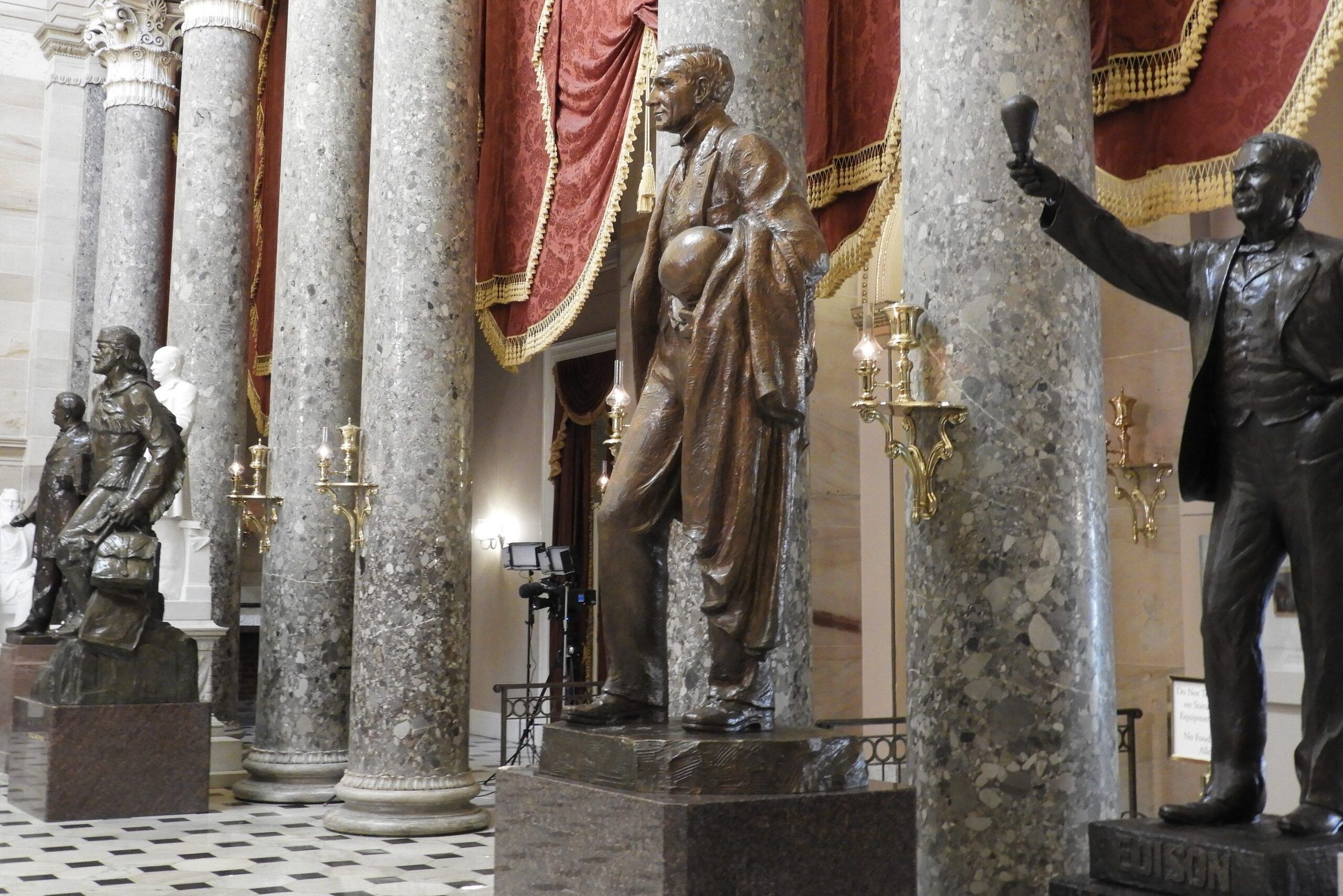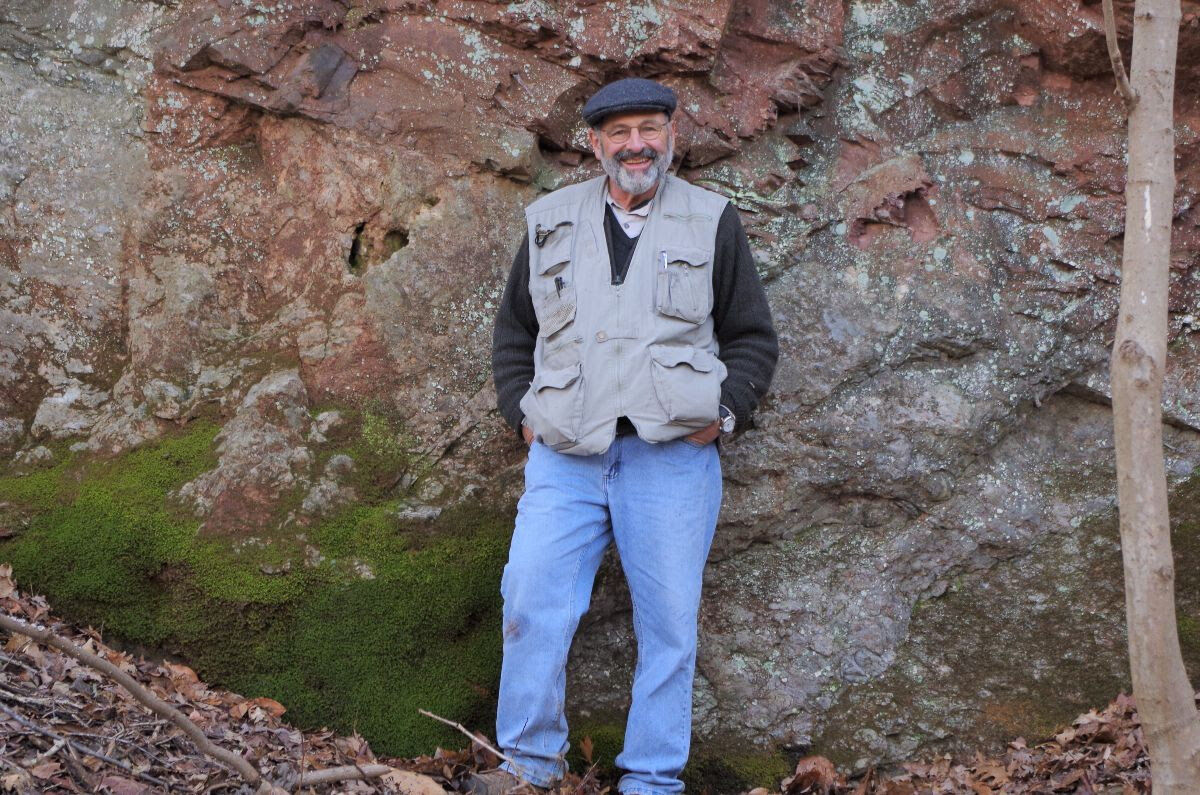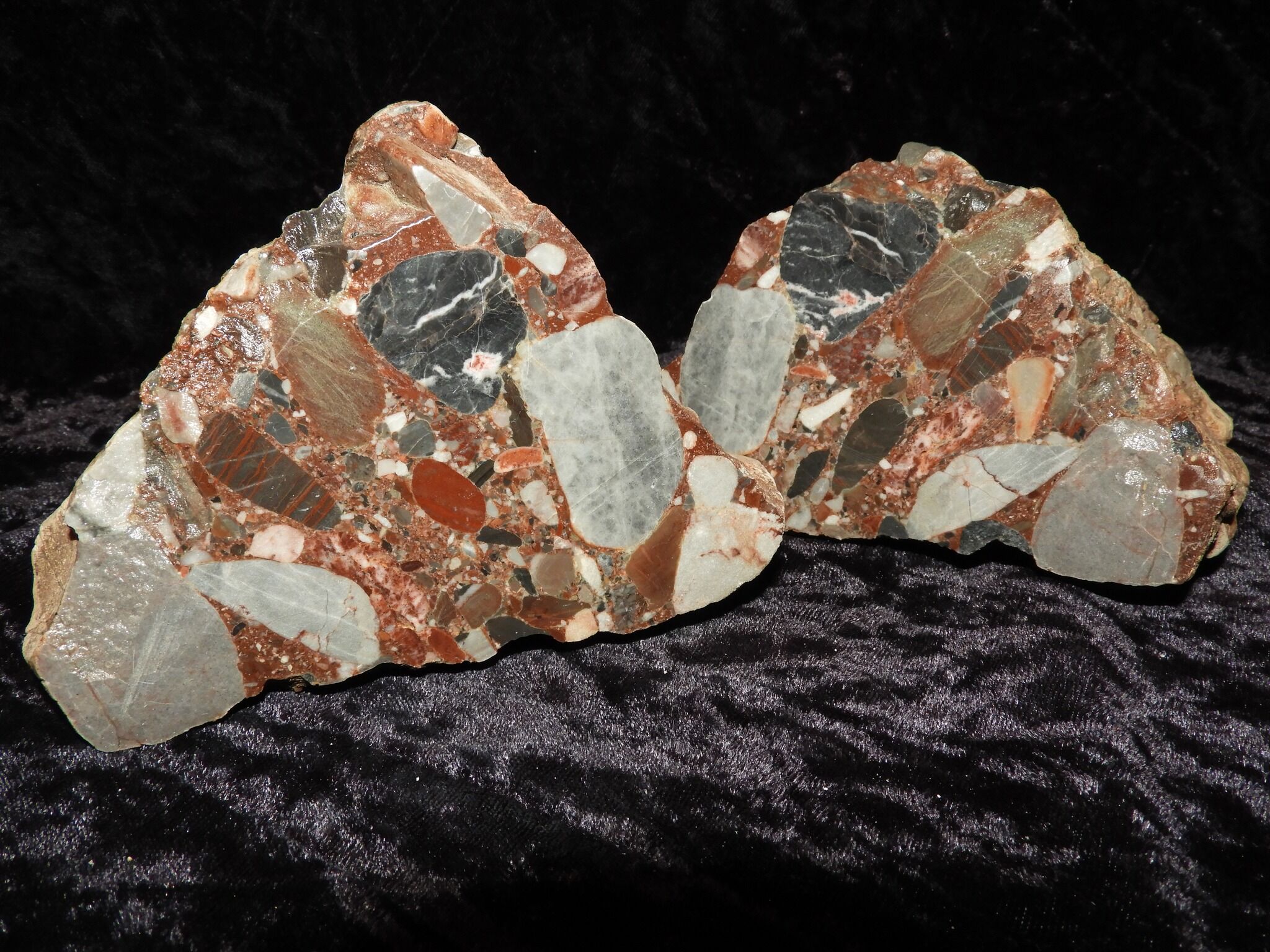
The inferno at the U.S. Capitol after it was torched by the British in 1814 could be seen 45 miles away, in Leesburg, Virginia — and prompted an urgency to repair the physical symbol of the new nation.
The British sent 4,500 troops to Washington, to burn the U.S. Capitol, which at the time housed the Library of Congress, the House, Senate and Supreme Court, in retaliation for the American burning of the Canadian capital in 1813.
The U.S. Capitol was burned on Aug. 24, 1814.
“It went up in flames at 9:06 p.m.” said Paul Kreingold, Virginia Master Naturalist and author of “Potomac Marble: History of the Search for the Ideal Stone.”

The sandstone destroyed in the fire had been used to create “what was known as the most beautiful building or interior in the Western world,” Kreingold said.
James Monroe, the fifth president of the United States, and congressional leaders were determined to repair the physical building and nation’s morale.
“If an enemy comes in, and burns down your capital, you have to build something which is even better,” said Kreingold.
Benjamin Latrobe, the Architect of the Capitol, “who is now known as the father of American architecture” convinced Monroe he wanted to use Potomac Marble as the columns to hold up the ceiling in both the Senate and House chambers.
Both the architect and the president acted with a sense of urgency, on March 25, 1817 — 21 days after his inauguration.
“President Monroe got in a carriage in a pouring rainstorm, rode to Leesburg, Virginia, then up what is now Route 15, across the Potomac River on Noland’s Ferry, into Frederick County, then downriver to Montgomery County to look at various quarries and stones to make the final decision,” Kreingold said. “The President of the United States did that.”
What is Potomac Marble?
“Potomac Marble is not really marble,” said Kreingold. “The marble you see coming from Italy or from Vermont is a metamorphic rock, the result of limestone being subjected to high pressure and heat over time.”

“By contrast, Potomac Marble is a sedimentary rock. It’s the result of thousands of years of deposits from giant rivers that used to flow from Maryland down to Virginia, and these deposits are really a conglomerate,” Kreingold said, “of limestone, quartz and feldspar.”
“When you look at Potomac Marble, you actually see pebbles — microscopic up to nine feet long,” he said. “What you end up with is a beautiful marbled surface, which light shimmers off of, with different colors — some are greenish, reddish or whitish.”
The search for the ideal stone included three considerations for Monroe and Latrobe: “Its beauty, whether it was quarriable, if that’s such a word, and is it transportable, because remember we’re talking about a period where there were really no roads,” said Kreingold.
The carriage and ferry excursion led to a quarry next to what is now the C&O Canal path in Montgomery County. “The thing that made this quarry useful in 1816 is that it’s on a river,” Kreingold said.

While transporting tons of stone down the Potomac River was a possibility, there were significant challenges.
Former President George Washington’s Potomac Company had recently built locks at Great Falls and Little Falls to aid in navigating the Potomac.
“So, by 1815, ’16, and ;17 you actually could take a boat down the river, through the locks, to Georgetown, but only 50 days a year — only when it rained,” said Kreingold.
With the shallowness of the Potomac River, Kreingold said, “After a rain, when the river was raging, four guys on a boat with poles would take these boats filled with stone, roar down the river, through these locks, and then on to Georgetown.”
The columns made of Potomac Marble were in place, when construction of the new Senate and House wings were completed, in 1819.
“Today, if you take a tour of the Capitol, there are two rooms they’ll show you. One is the Statuary, which is the old House chamber, and the other is the old Senate chamber — the columns are still there,” said Kreingold.
Editor’s note: Clarified description of Potomac Marble as a sedimentary rock.





